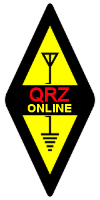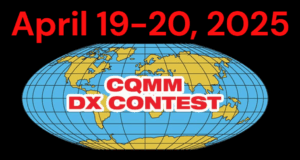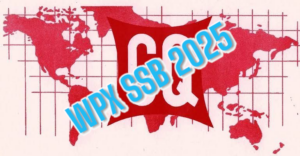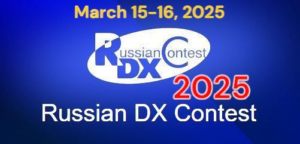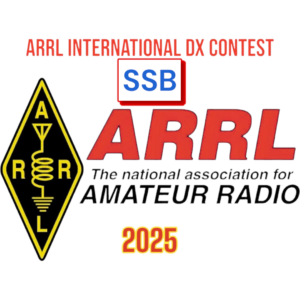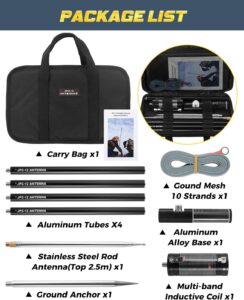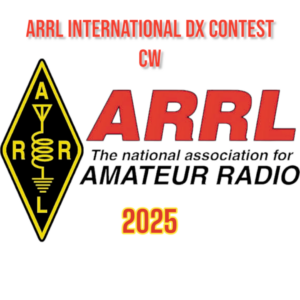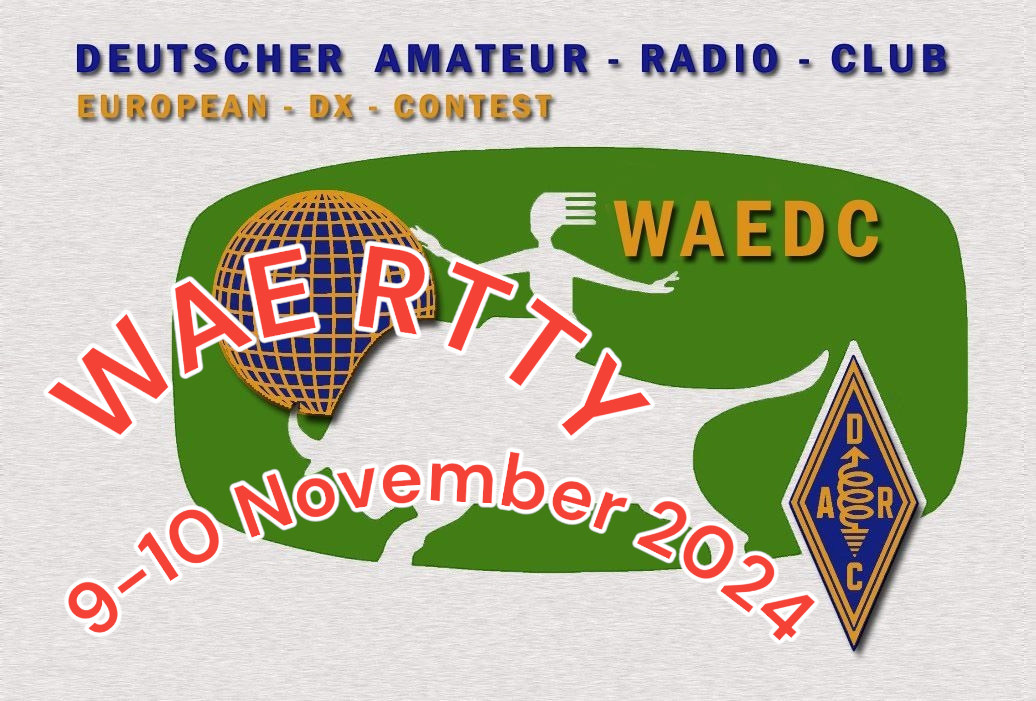
1 Times
CW: August, second full weekend
Saturday, August 10th 2024, 0000 UTC until Sunday, August 11th 2024, 2359 UTC
SSB: September, second full weekend
Saturday, September 14th 2024, 0000 UTC until Sunday, September 15th 2024, 2359 UTC
RTTY: November, second full weekend
Saturday, November 9th 2024, 0000 UTC until Sunday, November 10th 2024, 2359 UTC
2 Bands
3.5 – 7 – 14 – 21 – 28 MHz.
According to IARU-Region1-rules no contest operation (neither RUN nor S&P) is allowed outside the contest-preferred segments.
No contest operation in the band segments below.
CW : 3570-3800; 7040-7200; 14060-14350 kHz
SSB: 3650-3700; 7040-7060; 7100-7130; 14100-14125; 14300-14350 kHz.
At all times, participants have to respect the IARU-bandplans.
3 Categories
- SINGLE-OP LOW
Max. output 100 watts – all bands. Only one signal permitted at any time. - SINGLE-OP HIGH
Output higher than 100 watts – all bands. Only one signal permitted at any time. - MULTI-OP
Band changes are allowed every 10 minutes; this includes all activities of a main station, including QSO & QTC traffic and CQing.
Only exception: Working of a multiplier. Other transmitters may be used in parallel to the main station to work multipliers on other bands.
Notes:
- Transmitters, receivers and antennas used in the contest must be located within a 2 km diameter circle.
- The use of DX spotting nets is allowed in all categories.
4 Off Times
Single Operator stations may only operate 36 out of the 48-hour contest period.
Off times must be a minimum of 60 minutes during which no QSO or QTC is logged.
5 Exchange
A contest QSO can only be conducted between a European (ref. WAE list) and a non-European station (ref. DXCC list). Exception: RTTY, see paragraph12. The exchange consists of RS/RST and a progressive serial number starting with 001. If the station worked does not send a serial number, log the contact with number 000. QSOs logged with 000 give only credit, if a new multi is worked with this QSO. Each station can be credited only once per band.
6 Multiplier
For non-European stations the multiplier is the number of countries defined in the WAE Country List (see below) worked per band.
For European stations every non-European DXCC entity counts as a multiplier.
Exception: In the following countries up to ten numerical call areas count as multipliers:
W, VE, VK, ZL, ZS, JA, BY, PY and RA8, RA9 and RAØ – without respect to their geographical location.
Examples: W1, K1, KA1 and K3../1 count as W1;
VE1, VO1 und VY1 count as VE1;
JR4, 7M4 und 7K4 count as JA4;
ZL2 and ZL6 are two different multipliers.
Multiplier bonus: Country multiplier points are “weighted” by band. Multiply the number of countries worked on 3.5 MHz by four, on 7 MHz by three, and on 14/21/28 MHz by two. The total multiplier is the sum of the weighted multiplier points of all bands.
7 QTC Traffic
Additional points can be achieved by QTCs. A QTC is the report of a contest QSO back to a European station (exception: RTTY, see §12).
The following rules apply:
- A valid QTC contains time, call sign and serial number of the reported QSO. Example: “1307 DA1AA 431” means that DA1AA was worked at 1307 UTC and sent serial number 431.
- Each QSO may only be reported once as a QTC. The QTC may not be reported back to the original station.
- Every QTC that was correctly transferred, counts one point for the sender and one point for the receiver.
- Two stations may exchange up to 10 QTCs maximum. The two stations may establish contact several times to complete the quota.
- QTCs are transferred by means of QTC series. A QTC series is a block of one (minimum) to ten (maximum) QTCs. QTC series are numbered using the following scheme: The first figure is the progressive serial number starting with one; the second figure denotes the number of QTCs in the series. Example: “QTC 3/7” means this is the third QTC series transmitted by this station and it contains seven QTCs.
- For every QTC series that is transmitted or received, the QTC number, time and frequency band of the QTC transmission must be logged. If any of this data is missing from your log, no credit will be given for this QTC series.
8 Scoring
The final score is the result of total QSOs plus QTCs on all bands multiplied by the sum of all multipliers weighted by the band bonus factor (see §6).
9 Disqualification
Violation of the rules of the contest or unsportsmanlike conduct will be deemed sufficient cause for disqualification. The decisions of the contest-committee are final.
10 Submissions
Messages to contest manager (no logs): waedc-info@dxhf2.darc.de
Logs need to be uploaded in Cabrillo-Format here:
Log-deadline CW: August 18th 2024, 23:59 UTC
dxhf2.darc.de/~waecwlog/upload.cgi
Log-deadline SSB: September 22nd 2024, 23:59 UTC
dxhf2.darc.de/~waessblog/upload.cgi
Log-deadline RTTY: November 17th 2024, 23:59 UTC
dxhf2.darc.de/~waerttylog/upload.cgi
By submitting an electronic log, the participant claims to fully accept the rules of the contest. A written declaration is not necessary.
Note: After publication of the results all logs will be put into the DARC Contest Logbook (DCL).
Hand-written logs:
After the contest use a proper logging program or LM from DL8WAA to enter your data.
See Link: http://contestsoftware.com/e/home.htm
If you do not have a computer, please ask a friend or family member to import the log.
11 DX & Contest Club Competition
The club score is calculated by adding the final results of all participating club members in all three WAE contests, excluding SWLs. To be counted, the name of the club has to be indicated in the log on a separate header line using the keyword “CLUB“.
The club must not be an official national amateur radio club. For a club to be listed, a minimum of three logs must be submitted.
A trophy is sponsored for the top DX (non-EU) and the top EU clubs.
For DL stations participating in the German DARC/VFDB-Clubmeisterschaft put your DOK in the log on a separate header line using the keyword “SPECIFIC“.
12 Special Rules for RTTY
In the RTTY portion of the WAEDC there are no continental limits; everybody can work everybody. Only QTC traffic must be performed between different continents.
Every station may send and receive QTCs. The sum of QTCs exchanged between two stations (sent plus received) may not exceed 10 (ten).
The European and non-European multipliers indicated in §6 count for all stations.
13 Log Deadline
Log deadline is always seven days after the end of the contest.
14 Criteria for WAEDC Awards and Plaques
Continental winners will receive a plaque. Printable online certificates will be availabe for all stations on result publication.
Entries from countries split by numerical call areas for multiplier reasons (see 6) will be listed according to their reported location within their geographical call area.
Stations who activate a WAE country for the WAEDC from where no log was received over the last three years will be recognized as “WAEDC Hero” and receive a special prize.
For 2024 these countries are: 1A0, 3A, 4U1I, 4U1V, GJ, GM/s, HV, JW/b, JX, OH0, OJ0, R1F, SV/A, SV5, ZB
Stations who have been in the Top-Ten/Top-Six list for at least five times can apply for a special plaque.
The WAEDC committee reserves the right to honor special contest activities with additional plaques.
15 Audio Recording
The Top 5 entrants of every category (Single OP Low EU, Single OP High EU, Multi-OP EU, Single OP Low DX, Single OP High DX, Multi-OP DX) have to send an audio recording of the received and own signal of the whole operating period. This has to be done ONLY ON REQUEST of the Contestmanager. If a station failed to send the requested recording, all not direct checkable QSOs can be removed. This is not recommended for RTTY.
WAE Country List
1AØ, 3A, 4O, 4U1I, 4U1V, 9A, 9H, C3, CT, CU, DL, E7, EA, EA6, EI, ER, ES, EU, F, G, GD, GI, GJ, GM, GM/s, GU, GW, HA, HB, HBØ, HV, I, IS, IT (without IG9/IH9 Zone 33), JW, JW/b, JX, LA, LX, LY, LZ, OE, OH, OHØ, OJØ, OK, OM, ON, OY, OZ, PA, R1F, RA, RA2, S5, SM, SP, SV, SV/A, SV5, SV9, T7, TA1, TF, TK, UR, YL, YO, YU, Z6, Z3, ZA, ZB.
Good luck to all operators and enjoy the contest !
QRZONLINE editor.
